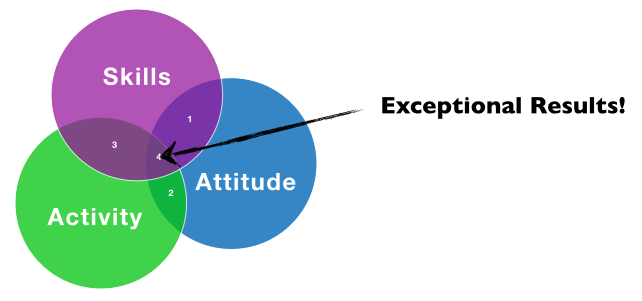 Most executives would say if there is one area of their life where there is a serious time and priority mismatch, it would be with their family. To juggle conflicting priorities between work and home is not a balancing act for the faint of heart. Most executives are a living contradiction in that, while surveys show that family is generally their number one priority, it rarely ranks number one in volume of time or in planning of commitments.
Most executives would say if there is one area of their life where there is a serious time and priority mismatch, it would be with their family. To juggle conflicting priorities between work and home is not a balancing act for the faint of heart. Most executives are a living contradiction in that, while surveys show that family is generally their number one priority, it rarely ranks number one in volume of time or in planning of commitments.
FOUR – Do it again! At the end of day, note how you did and plan for the next day. If you would like to learn more check out our Goal Aligned Time™ program.







